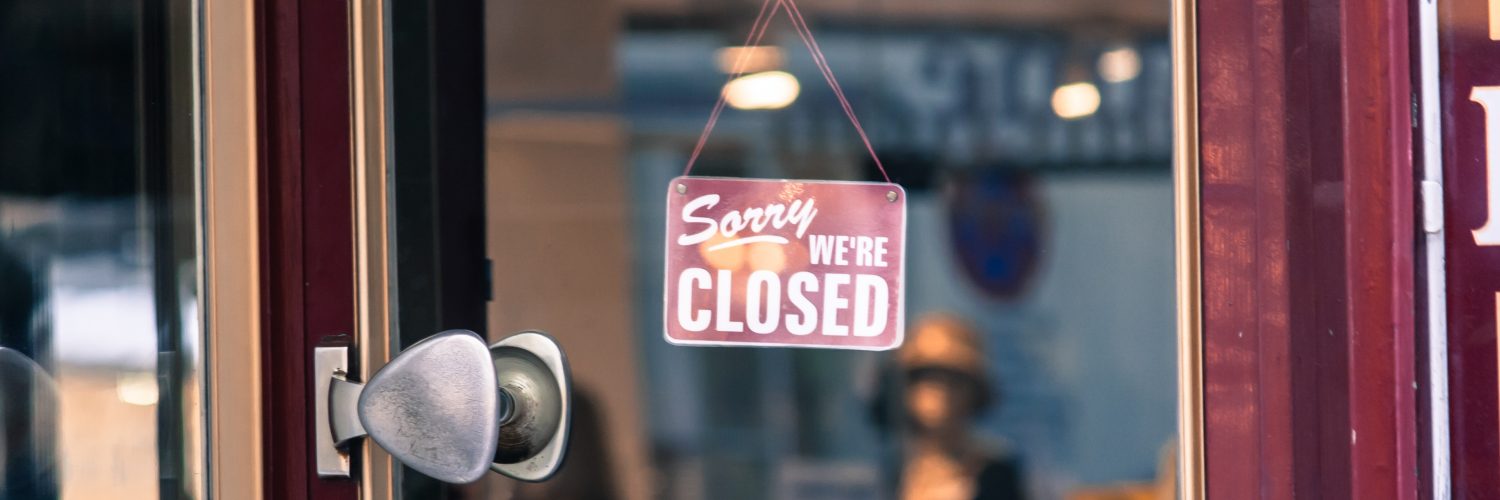The basis for the Paycheck Protection Program was (and remains) compelling: COVID-19 and associated stay-at-home orders were wreaking havoc with the small businesses that form the backbone of the U.S. economy. Something had to be done, and quickly, to save those businesses from their demise. The solution was the inclusion of the paycheck protection program, also known as PPP, in the Coronavirus Aid, Relief, and Economic Security (CARES) Act signed into law on March 27, 2020. The PPP was initially funded at $349 billion for forgivable loans to small businesses to be offered under the direction of the Small Business Administration (SBA).
The rollout of the program was fraught with missteps, including ever-changing guidelines and operational challenges. Yet, through a Herculean effort by the banks (which seemed to receive more criticism than praise for their efforts) and undeniably by the SBA itself (which exceeded its annual processing volume for loan applications by almost 1,500% and could not possibly have been prepared for this onslaught), the first round of funding was exhausted in about two weeks. With the understanding that many small businesses were left out of the first round and that the need remained great – the president of the Federal Reserve Bank of Atlanta projected a monthly need of $500 billion – the U.S. Congress approved $320 billion in additional funding on April 23, 2020. Many experts, including us here at Protiviti, predicted that the second round of funding would be depleted in days, just based on the pending applications that many financial institutions indicated they had in their queues. However, as of May 8, ten business days after the launch of the second round of funding, the SBA had approved 2.6 million round-two PPP loans, amounting to $189 billion or just 60% of the available funds. Why is this? There are likely several explanations:
- Rule changes that effectively prohibited public companies from participating in the program opened the door for smaller businesses with lower employee headcounts and lower loan eligibility. This can be viewed as a positive; directing the funds to the smaller borrowers that Congress intended to help.
- Disenchantment with the program continues to grow amidst the lack of definitive guidance on the forgiveness terms, which were supposed to be subject to SBA rulemaking by April 26, 2020. In fact, a preliminary review of applications performed by the SBA’s Inspector General found that “tens of thousands of borrowers would not meet the 75% payroll cost threshold and would therefore have to repay the amount of nonpayroll costs in excess of 25% in two years,” and that’s before the specifics of the forgiveness requirements have even been released.
- Also related to forgiveness, the stark realization has set in that eight weeks – the time by which small businesses must demonstrate that their headcount and compensation expense are at pre-COVID-19 levels – is not enough time. As much as we all want to return to something we vaguely recognize as normal, many parts of the country are not there yet and will not be for a while.
- Finally, there may be a need to balance expectations of the PPP with other government benefit programs. For example, extended and increased unemployment benefits may be an influencing factor for some small businesses. A small business that has employees who earn less than standard unemployment + the $600/week CARES benefit provides, may view it as a disservice to their employees to bring them back to work using PPP funds, especially if they have concerns that their business will not be viable at the end of eight weeks.
Members of Congress on both side of the aisle have recognized issues with the forgiveness requirements, specifically the 75% payroll threshold and the forgiveness timeframe. There is also talk that any additional funds provided for small businesses may be administered directly by the SBA or another governmental entity without financial institution intermediaries, similar to programs that have been rolled out in other parts of the world where governments have directly funded businesses and/or the payroll costs for the employees of those businesses.
To address the forgiveness issue, Congress needs to move as quickly as it did to authorize the initial funding. Every day more and more small businesses give in to the reality that the existing PPP with its payroll threshold and eight-week horizon is not going to solve their problems. Many others that continue to apply for loans may only be postponing the inevitable when their loans are not forgiven, and they cannot manage servicing their loans. Absent modifications to the program, the benefits of a third round of funding seem questionable.
Finally, if there is a third round of funding and the decision is made to have the SBA directly administer the program, these lessons learned from the first two rounds of lending need to be considered immediately:
- Program rules need to be clear and consistent from the onset.
- The SBA or other responsible government agency must be afforded the resources – people and technology – it needs to administer the program in a timely fashion.
- Fraud controls need to be strengthened, particularly in light of the fact that financial institution Know Your Customer (KYC) requirements provide some level of fraud defense that will not be immediately available to the SBA unless applicants have an existing relationship with the agency.
It is not too late to make the PPP a “good” program again, but time is of the essence.



Add comment